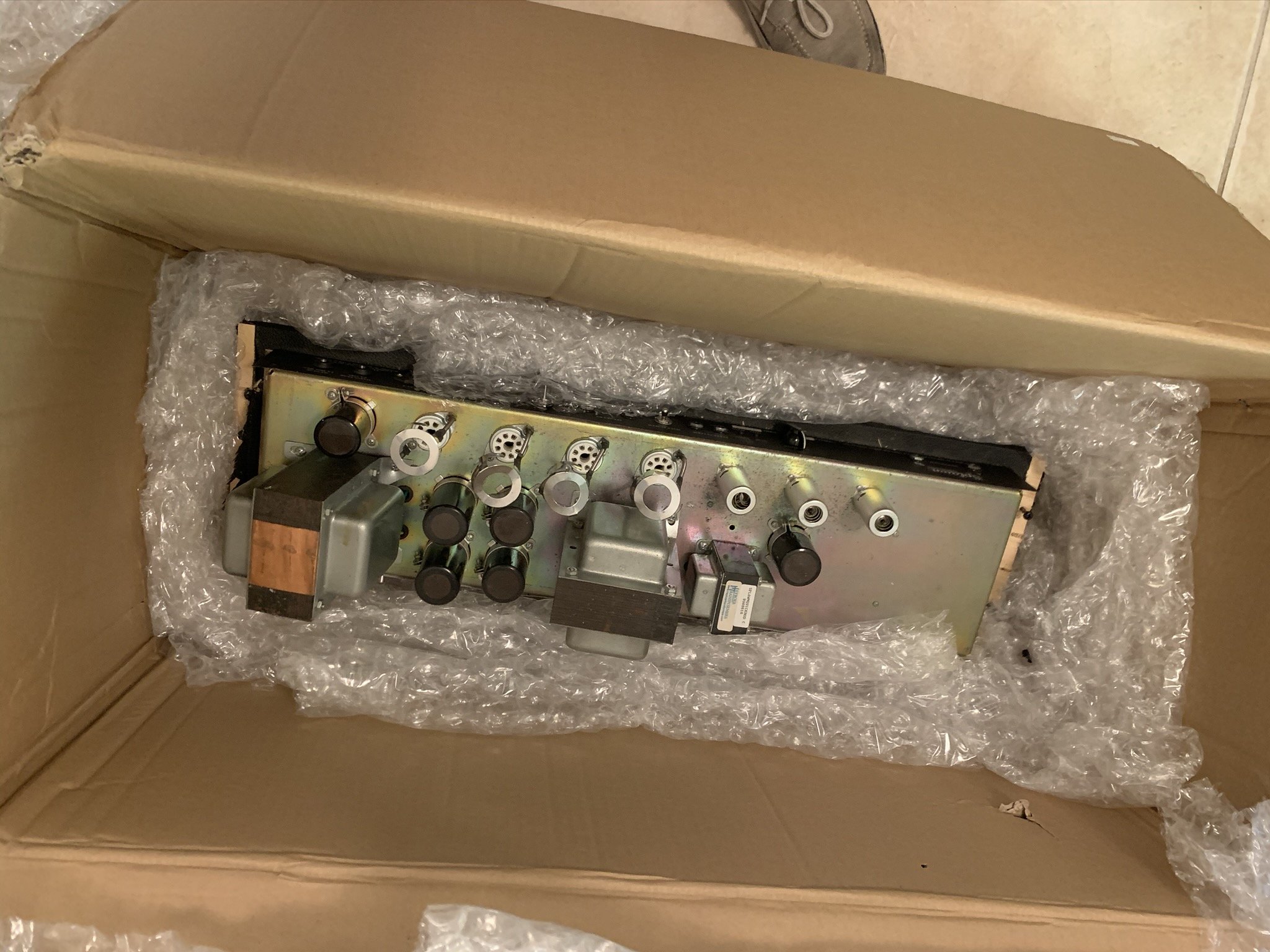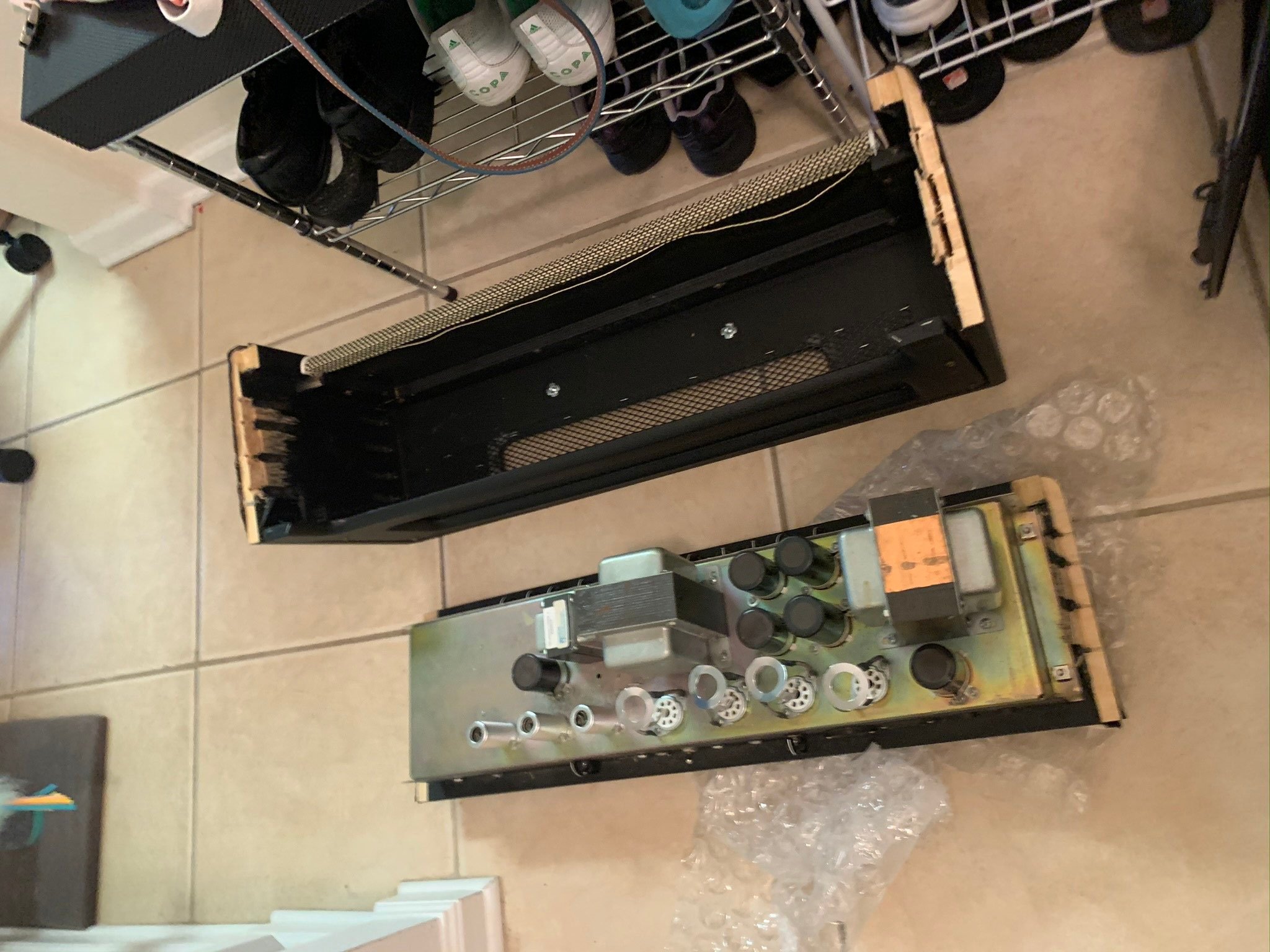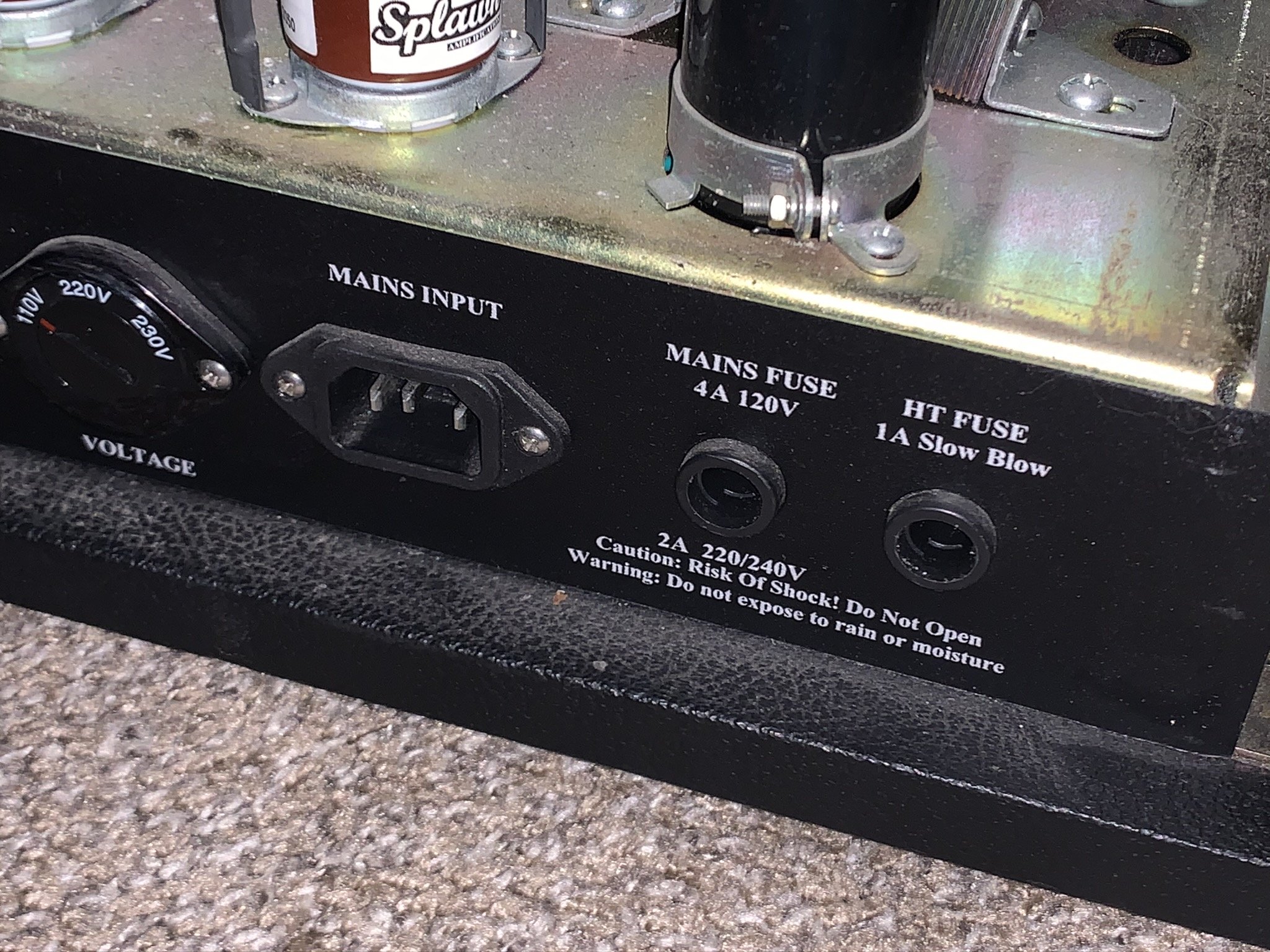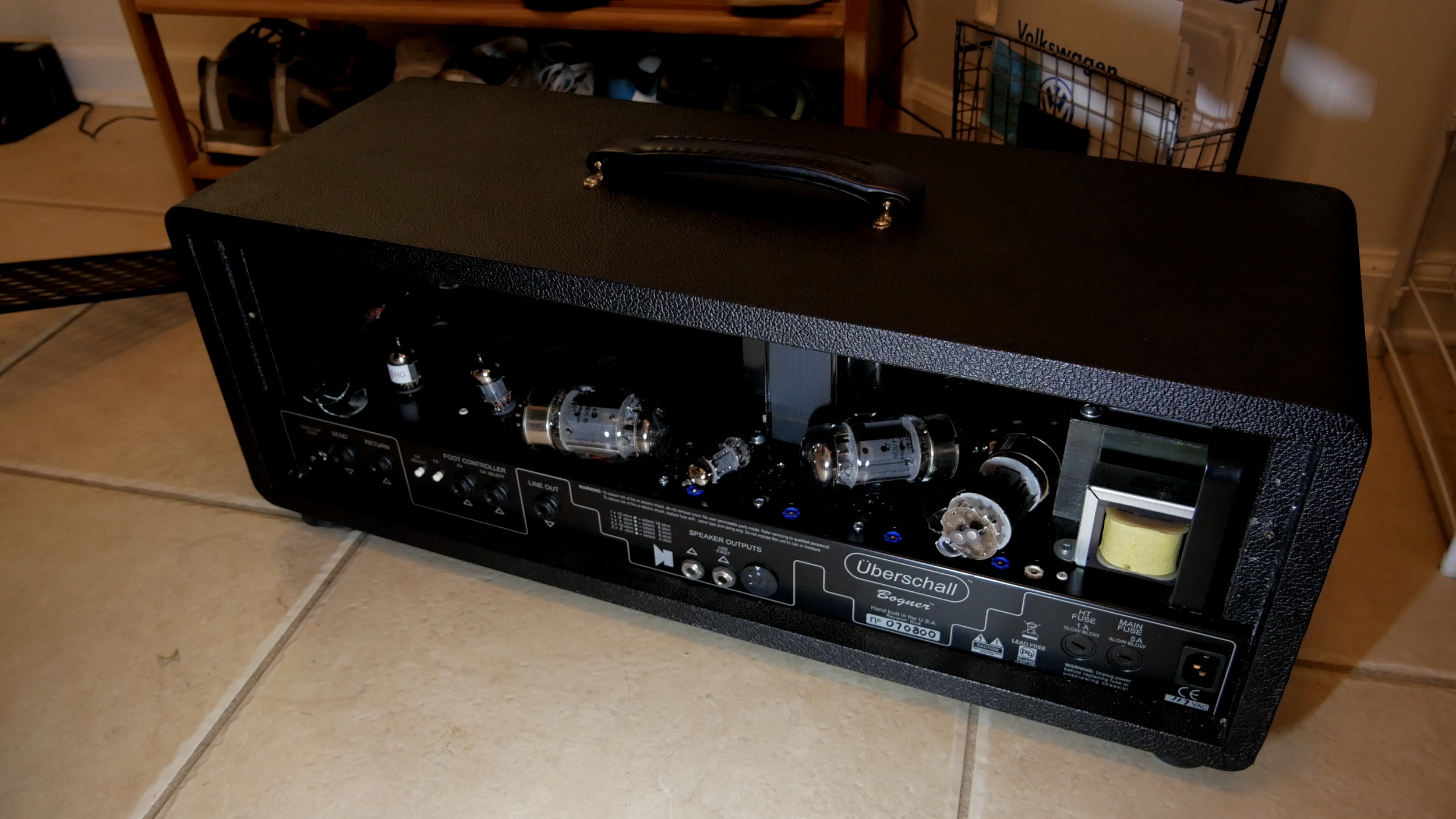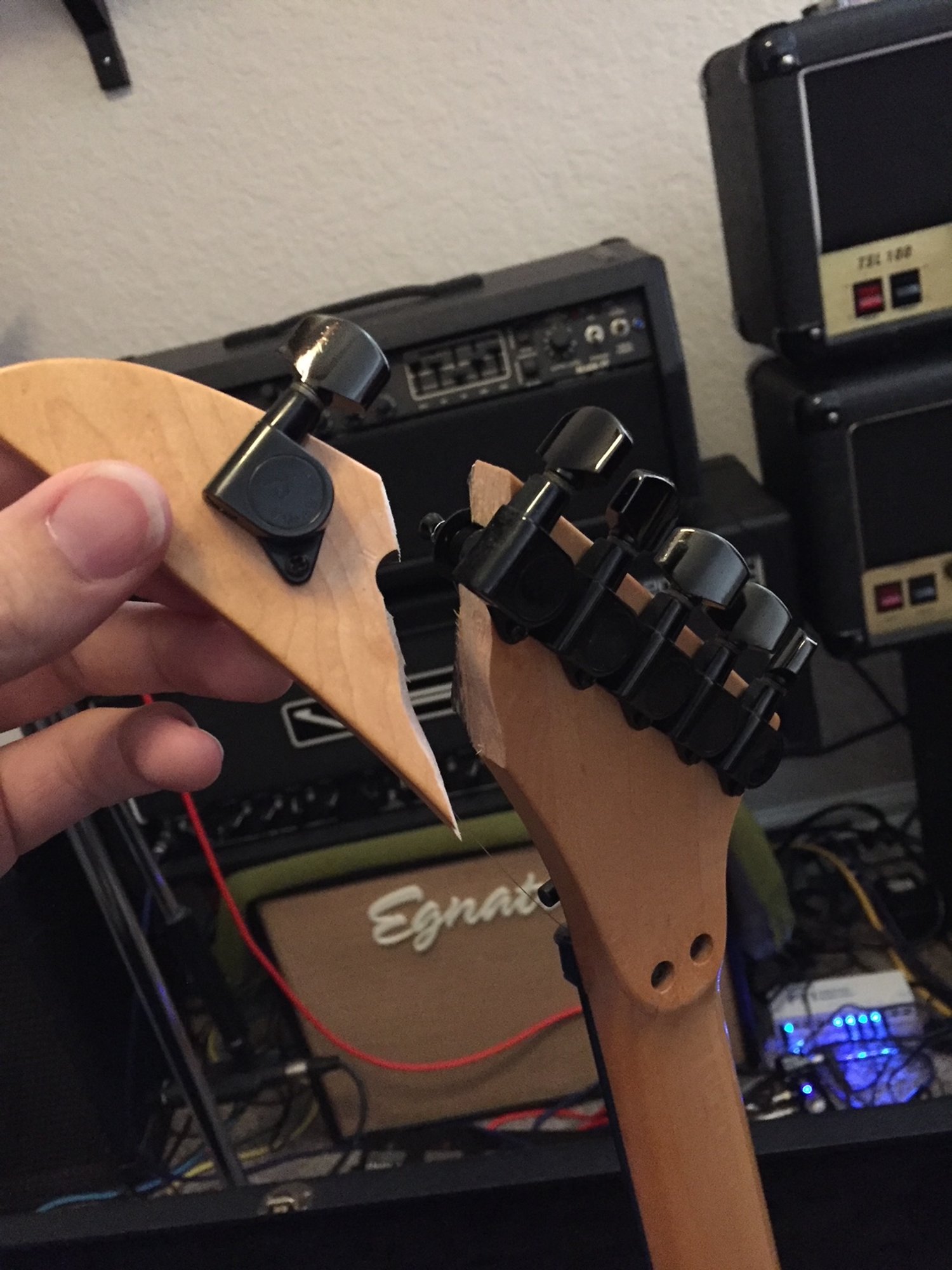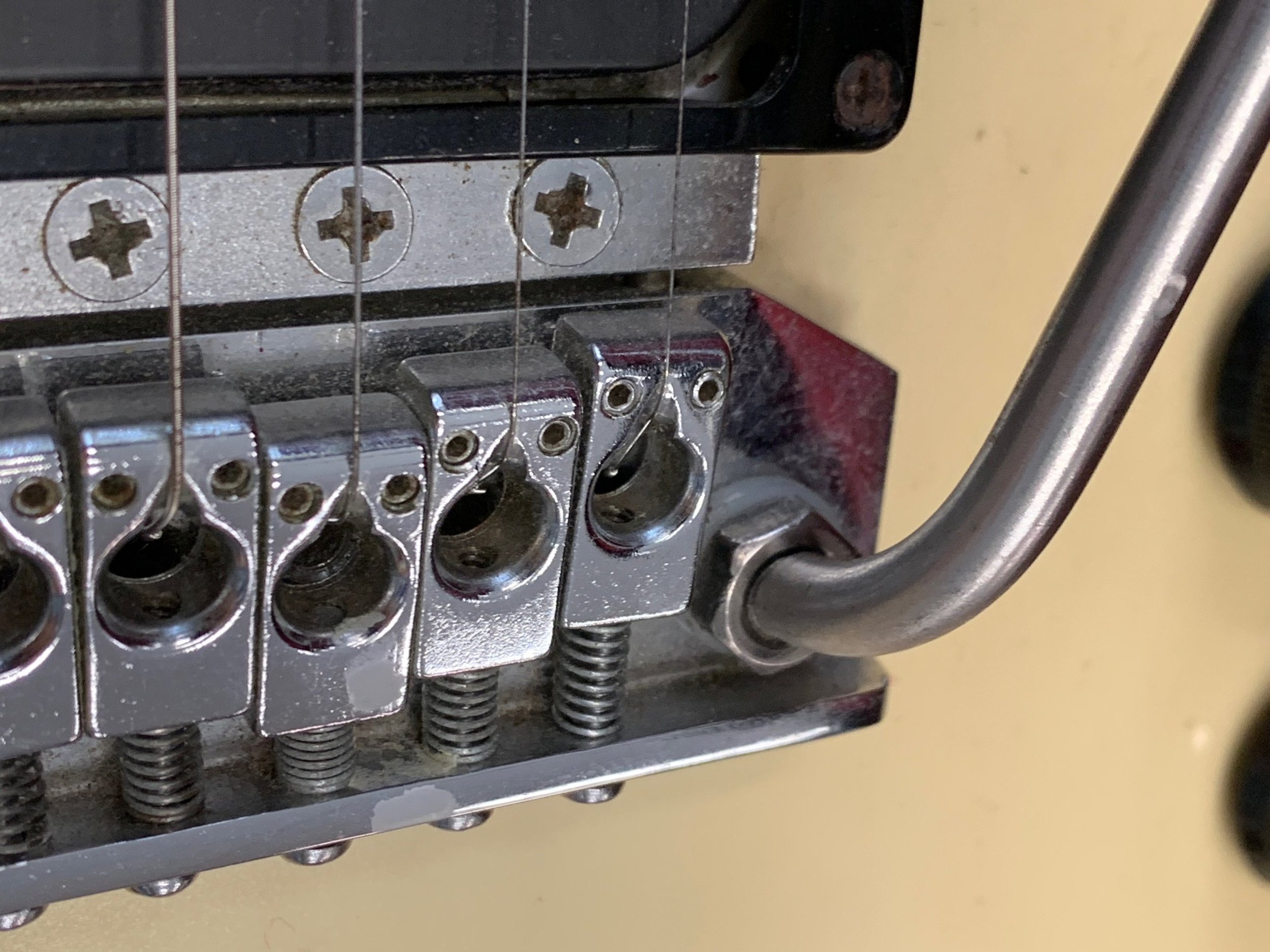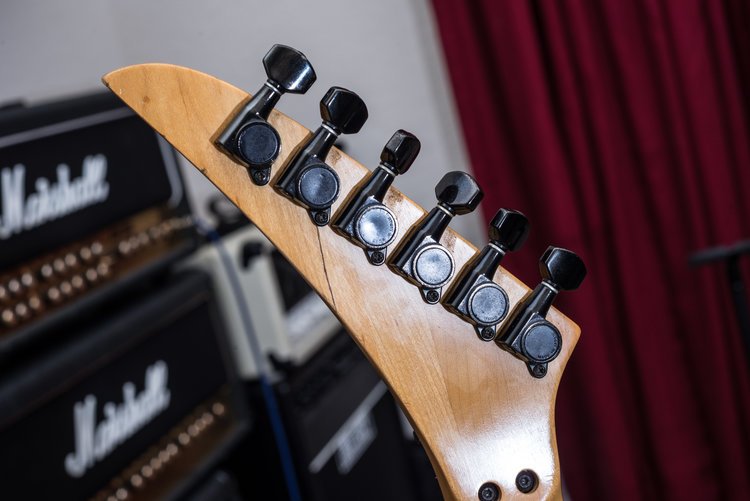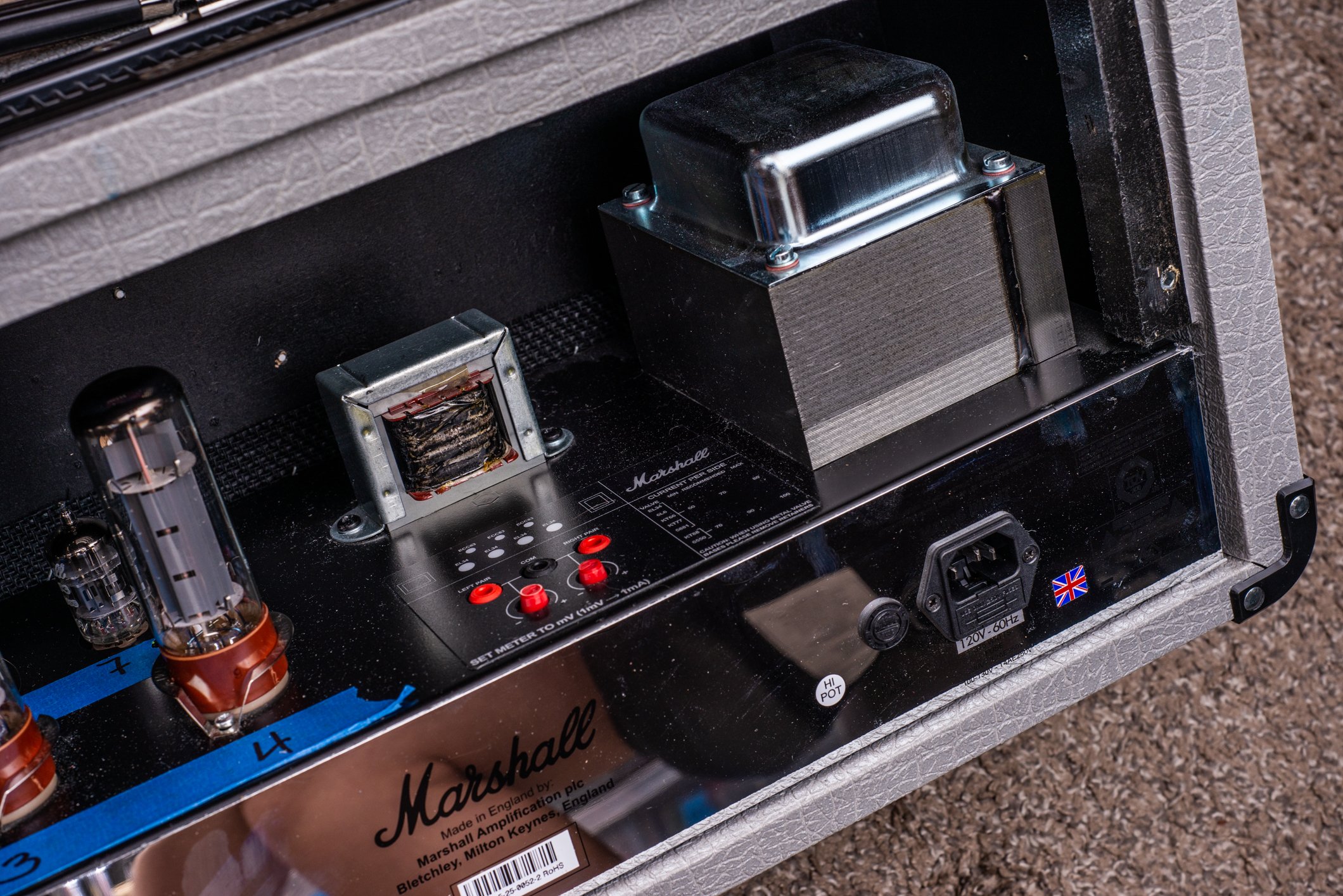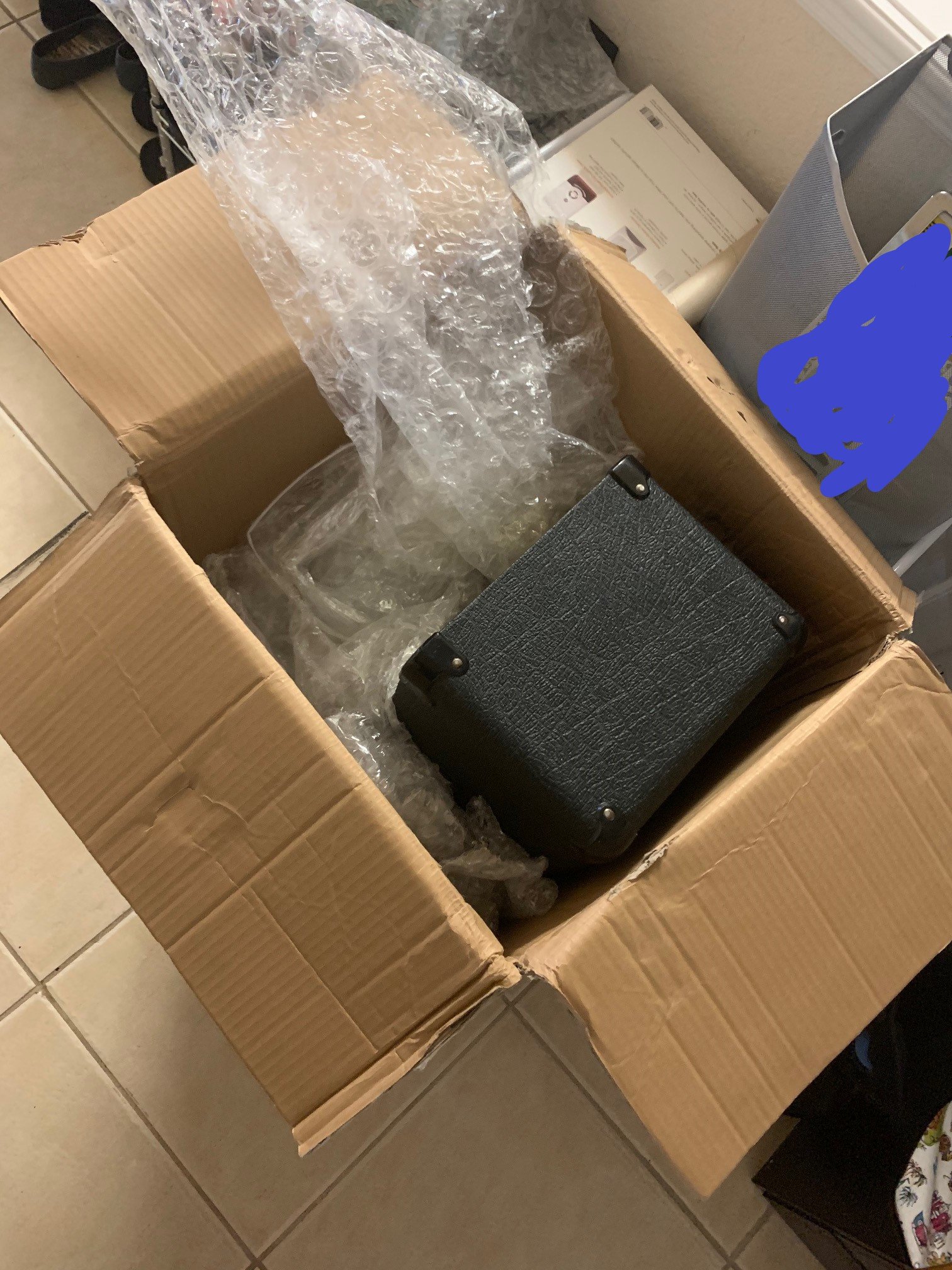I picked up this Retro 50 to further my goal of collecting all of the major ENGL tonal categories. This amp has a different design from any of the usual ENGL heads (like the Powerball, Invader, Savage etc) and the goal is a bit more of a traditional, modded Marshall kind of tone. After playing it, I think it achieves that goal - it’s very mid heavy, and a bit stiff. It has two channels, and each channel can make use of a footswitchable gain mode, and the highest gain setting even has a built in noise gate. The clean channel is nice and full sounding, with rolled off highs, while the distortion channel is definitely in that thick midrange-y Marshall crunch territory, but with a little less upper mids and more filled out bottom end. It really reminds me of a Splawn Quickrod in many ways, in both playing feel and tone. The high gain mode is quite excellent as well, although the low end doesn’t feel quite articulate enough for extreme technical metal styles, but I’d imagine by either rolling the amp gain down, or using the non-high gain lead mode, and boosting it with a bass-cutting pedal like a Tubescreamer or SD-1, would result in a usable tone.
Otherwise, it’s fairly lean on features - more akin to a Fireball than a Powerball, but the Retro does have separate EQ’s for each channel. Interestingly, it also lacks a presence control - not even a master presence or a knob on the rear panel. That kind of surprised me, even though the EQ controls have a wide sweep, there seems to be a little brightness lacking at times and turning the treble up alters the rest of the frequency ranges that it’s not a guaranteed solution. Still, it’s unique in its own way for an ENGL design and is a great tool to have available, but I don’t think it could be my only amp.
I also have to mention that I ordered both this amp as well as a Rivera Knucklehead Reverb 55w from Guitar Center Summerlin NV. I hate to rake anyone over the coals, but the Rivera, even though I paid for and reserved it, was not pulled from the shelf for days and someone local purchased that amp, and the GC store cancelled my order to sell it to them instead. On top of that, this Retro 50 was waiting for shipment for over 30 days since I ordered it - and that’s after I called and very politely asked for a status. I was assured it would ship out the next day, it didn’t, and I waited a whole week to call again - and my calls were ignored. After that length of time, it finally shipped the day after I left a 1 star google review for that location - I can’t believe it took leaving that review in order to finally get the amp shipped to me. I understand they were having some staffing issues, and it’s a busy store, but it’s a bit extreme to take that long, and I’m especially irked that they sold my Rivera since I was really looking forward to acquiring that amp to compare with my Bonehead.






